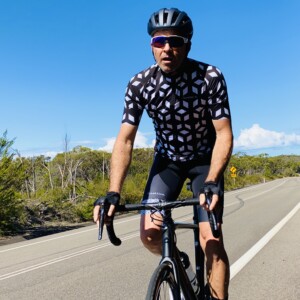
Sarah Hunter takes an in-depth look at all aspects of indoor training and answers the most common questions on setting up to ride inside.
Unless you have been living under a rock for the past few years, you will have definitely seen the rise in popularity of indoor training. The changes in the world due to Coronavirus have certainly made indoor training a lot more popular of late, and many riders are starting to embrace it out of necessity to continue riding and keeping some level of riding fitness.
I have been answering a lot of questions on the topic of indoor training recently; here are the most frequently asked questions, and not surprisingly there are a few regarding Zwift.
Q: I hate riding indoors, why should I do it? Are there any benefits?
Undoubtedly indoor training can be boring, but if you address each indoor session with a purpose, then it gives you a reason and a goal for the session. Lets look at some of the benefits of riding indoors:
It’s not weather dependant, so it gives you the ability to ride no matter how bad it is outside.
It is very time efficient. There is no free-wheeling during an indoor session, most coaches agree a 45-minute session on the trainer is equivalent to about 1-hour on the road.
Every indoor session is an opportunity to work on your riding posture and pedal stroke. Set yourself up in front of a mirror to view yourself when riding, if that’s not possible then set up a Go-Pro behind or in front and bluetooth it to your phone to give you a live view of your pedal stroke and posture from all different angles. Use these indoor sessions to really focus on good technique and form.
Terrain can be a limiter for some prescribed training sessions. Want to work on low-cadence and high-cadence pedaling? Then indoors is perfect.
Don’t live near hills or mountains but training for a hilly race? Then you can alter the incline of your bike by putting a book or two under your front wheel and go hit some hill repeats indoors.
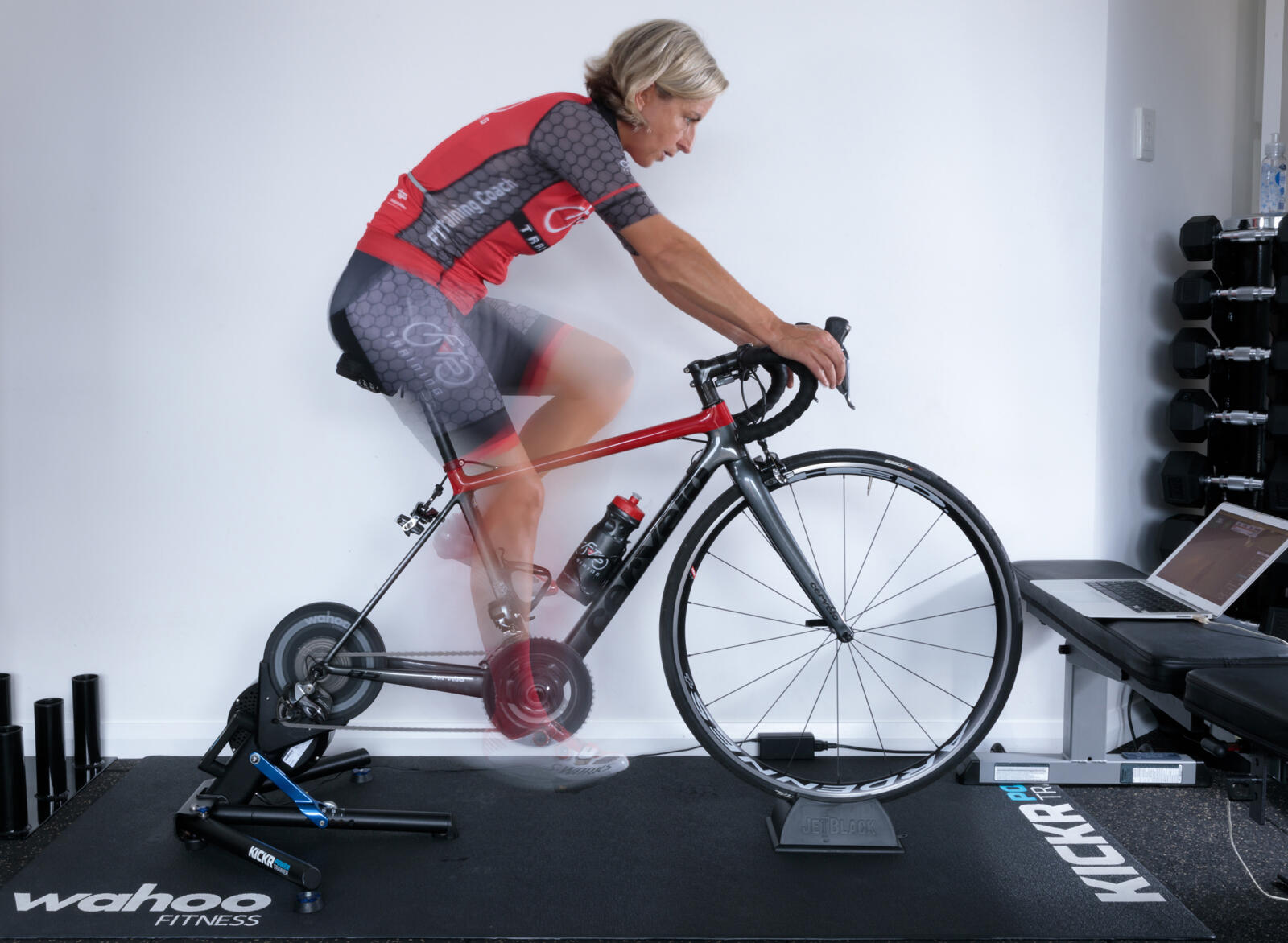
Q: What is the minimum I need to set up my pain cave for this winter?
A really good fan. You will not believe how much you sweat in an indoor bike session. Without a fan the sessions can become really nasty, and when your body overheats you will find that your top-end performance suffers.
A mat to protect your floor from all that aforementioned sweat. The brands that make the indoor trainers all tend to make the mats as well. They may cost a little more than say a regular yoga mat, but they are harder wearing and bigger, so worthy of investing in.
A laptop/pc/smartphone with Bluetooth or ANT+ to connect to your trainer and run Zwift. I won’t delve into too much detail here as this is another huge topic in itself. Suffice to say there are many different setups to choose from here, depending on your budget, available space and IT savviness.
A trainer. A smart trainer will connect to a training app to control the resistance, and the resistance will change according to the terrain in Zwift. You can still effectively train indoors on a non-smart trainer as well, the resistance changes will have to be controlled by the rider and a speed sensor or power meter would be needed to ride Zwift.
Q: Regarding smart trainers, with so many to choose from can you explain the main differences?
The main points to consider are noise, footprint and direct drive or wheel on? Here are the options –

Smart Trainer Direct Drive
Direct drive trainers are easily recognisable as they require a cassette.
Advantages: Accurate, max power outputs (1500 – 2000 watts), quiet, with adapters they can fit almost all bikes including CX bikes, MTBs, bikes with thru-axles and bikes with disc brakes.
Fully controllable by Zwift and other apps.
Disadvantages: Heavy, typically at the higher price point (>$1200).
Smart Trainer Wheel On
Advantages: Lighter weight than the direct drive, smaller footprint and easier to transport. Fully controllable by Zwift and other apps.
Disadvantages: Rear tyre wear, noisier than most direct drive units, less accurate than direct drive, especially during low cadence efforts.
Non-smart Trainer (Turbo)
Advantages: Lighter weight, very easy to transport.
Disadvantages: Rear tyre wear, noiser than most direct drive units, not controllable by Zwift and other apps.
Non-smart Trainer (Rollers)
Advantages: Lighter weight, very easy to transport, good for working on balance and pedaling technique.
Disadvantages: Not controllable by Zwift and other apps, high resistance workouts not possible.
Smart Bike
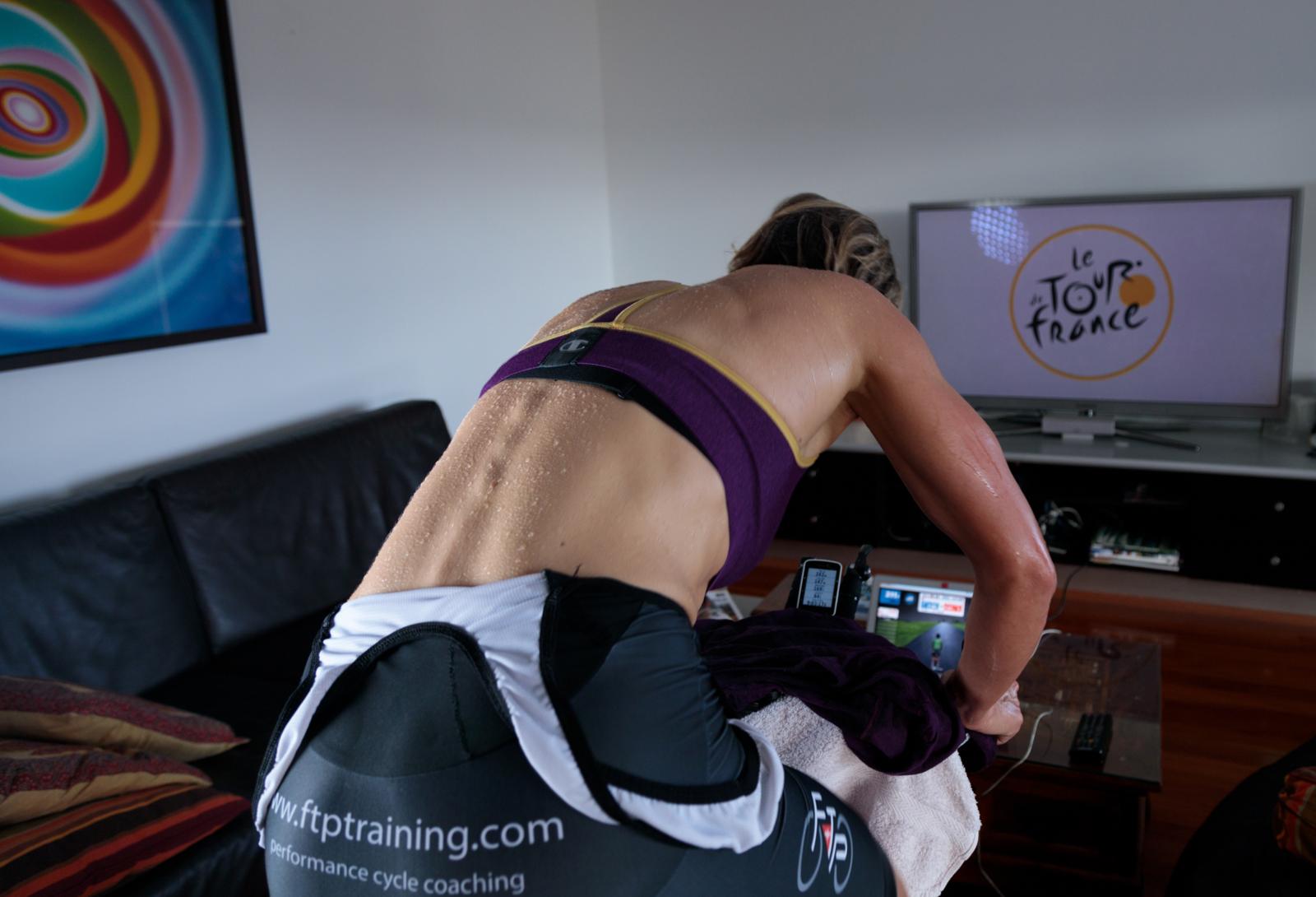
Advantages: If your first world problems revolve around taking your bike on and off the indoor trainer then this might be for you. They are quiet, work with all major training apps, are highly-adjustable so other members of the household can use the one bike, and they have an inbuilt powermeter.
Disadvantages: They can be as expensive (sometimes more) than a new bike, are very heavy, and need a dedicated space.
When researching the best trainer for you I’d suggest you look up the noise ratings in dB, and also make a note the decibel scale is not linear (yes seriously!) That means 70 dB is twice as loud as 60dB.
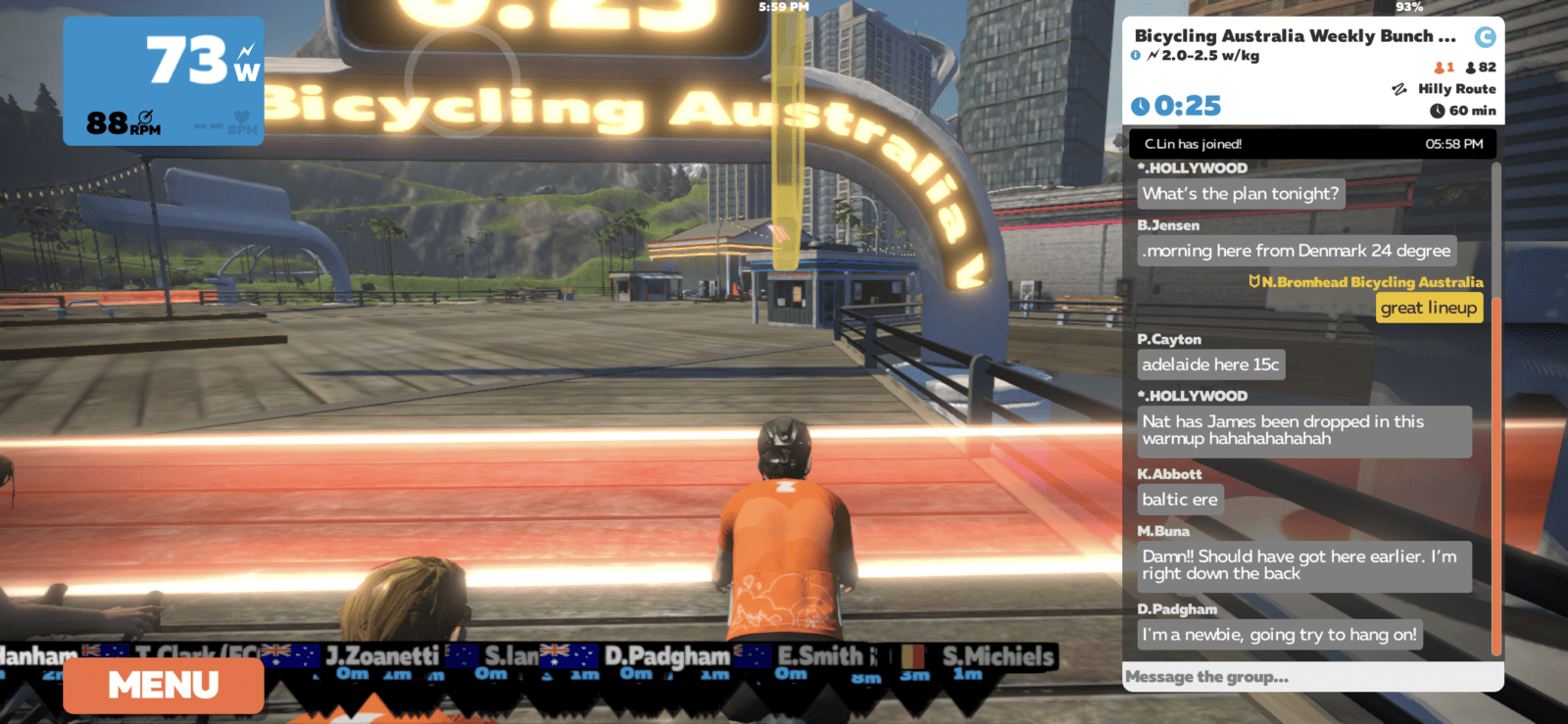
Q: I have been riding in Zwift but just haven’t got into it. What can I do to make it more fun?
There are 4 different aspects to Zwift which keep me engaged and coming back
for more. These are –
- Structured workouts
- The social aspect
- The gamification
- The racing
When I first started using Zwift, all I ever did was my highly structured short workouts in this environment. It work particularly well when you have a smart trainer, as the trainer adjusts the resistance to force you to put out whatever watts have been prescribed (this is called ERG Mode). Intervals can be varied and many, the kind of sessions you would not give to a rider to complete outside as they are just too varied to remember yet alone complete successfully.
The social aspect of Zwift riding has really come into its own during the past three months of social restrictions. There is a function within Zwift called Meetup. It is easy to create a Meetup using the Zwift companion app and invite your friends along to ride with you. Using the ‘Keep Everyone Together’ option does exactly what it says on the tin. It enables riders of all abilities to ride together no matter how many watts they put out.

You can also chat privately within your meetup group. Admittedly typing whilst riding isn’t the easiest thing to do, so I use the dictation button on the key pad (it looks like a microphone) to chat whilst riding. You could up the level of interaction by running a zoom meeting whilst riding or using discord to chat.
One point that is worthwhile making – you cannot join a meetup late, so make sure you are early otherwise you’ll be Norman no mates whilst your friends ride off without you.
Points & Levels
Q: How do you earn Zwift points?
Points (XP in Zwift language) are accumulated for every km ridden and drops are awarded per calories burned. Think of drops as your currency that you can spend in the ‘drop shop’ and the XP as ways to progress through the levels and unlock more goodies (new courses, and bikes etc).
Accumulate more points (XP) and you progress through the levels in Zwift. Burn more calories and you’ll earn more drops.
Currently there are 50 levels in Zwift. As you progress through the levels and earn more drops, so your garage or ‘drop shop’ of goodies grows and you can start to customise your bike, wheels, kits, helmet and glasses. Also, certain courses are locked until your reach a particular level.
…If you are able to keep your core temperature down by using a huge fan, then keep your FTP the same as it is outside and see how you go…
Want to ride the Alpe du Zwift and experience all 21 hairpin bends to get to the top of the virtual iconic Alp d’Huez, then you’ll need to get to level 6 to unlock that course.
Want the super stylin’ Zwift Concept Z1 glowing bike, more affectionately known as the Tron bike? Well, you need to complete the Everest Challenge to unlock that. Don’t be fooled by the name of the challenge, you actually have to climb a whopping 50,000m to get that bike.
So knowing that the more points, drops and more challenges you complete can get you looking bling, how do you get the points in the most efficient manor?
Don’t forget the downhills – effectively you are getting 20XP for every km of very low effort but very fast riding!
Go to badges, and ride routes that you have not completed. For every new route completed you get bonus XPs.
If you are riding by yourself then ride a TT bike – these go faster and also collect more points every time you cross a banner as well as for every km ridden.
If you are riding structured workouts you points are calculated on whether you hit the targets for each interval, and not the distance ridden.
Getting more drops to spend is a little simpler, Zwift awards more drops for riding more elevation and you get more drops the more ‘ride ons’ (those big thumbs up that riders can give to each other) you receive.
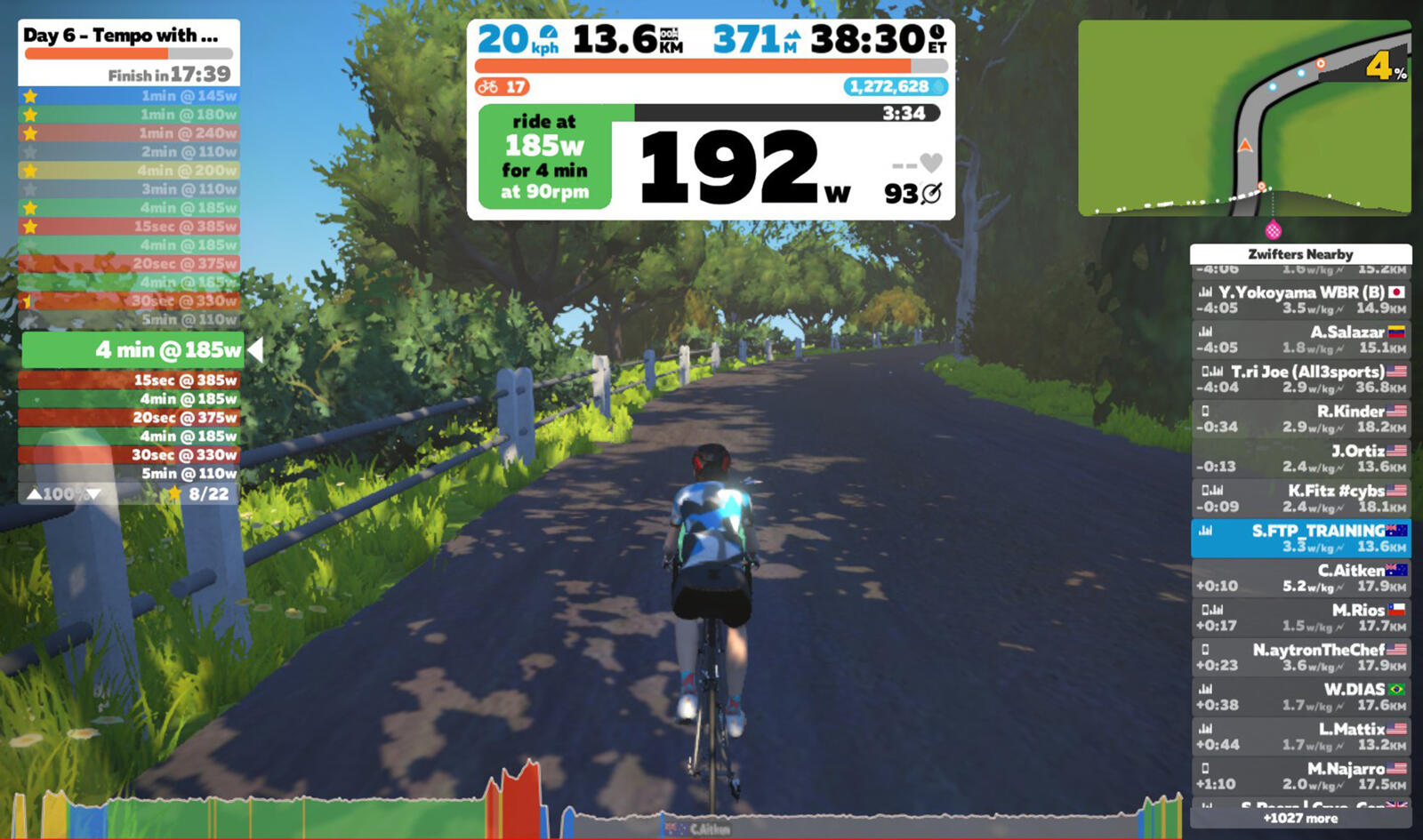
Racing
Q: How do I start racing on Zwift?
There are so many races available on Zwift that you need to just find a time that suits, pick the race, make sure you select the correct grade to race in, and off you go. If you want to be including in the results then you’ll need to register on the Zwiftpower website and ride with a heart rate monitor as well (as this extra data helps to stop cheating).
…Expect a very fast and furious start, so you will need to get a good warmup before you start…
Be warned that Zwift racing is rather different to racing on the road. Expect a very fast and furious start, so you will need to get a good warmup before you start. Drafting does work quite effectively in Zwift, however you will find that a Zwift race is generally way harder than a real race, so it’s good that they are mostly short in duration.
Q: Should I change my FTP in Zwift compared to riding outside?
The answer for this is…it depends.
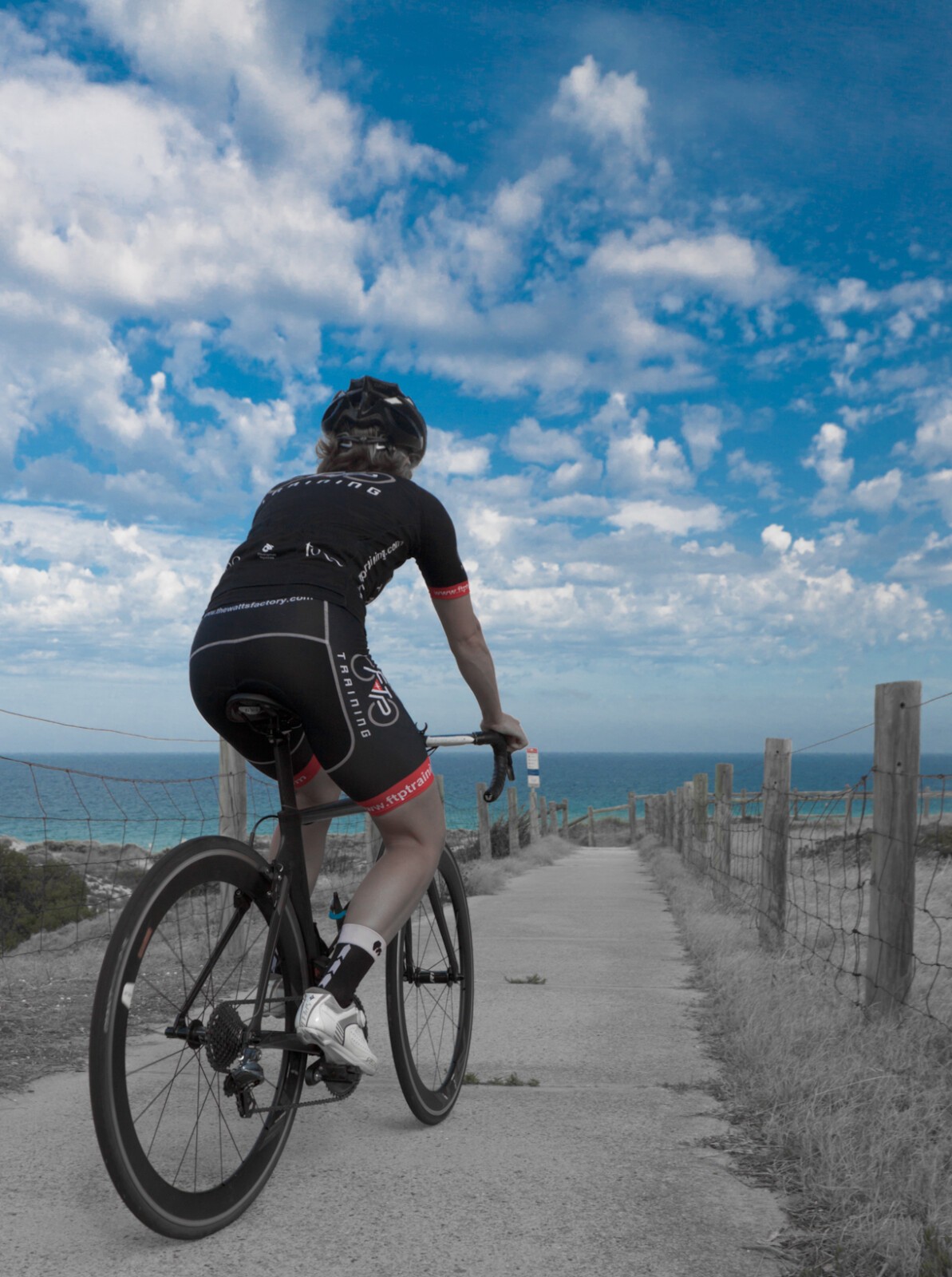
If you are doing the bulk of your riding indoors and completing structured workouts then probably yes as your RPE and heart rate tend to be higher during indoor sessions, therefore for interval sessions targeting threshold and VO2, lowering your FTP by 5-10% will make the sessions more successful and attainable.
If you are able to keep your core temperature down by using a huge fan, then keep your FTP the same as it is outside and see how you go.
If your HR starts to drift up and the RPE feels much higher than the same session outside then you might want to tune your FTP down.
If you are only doing the odd structured session here and there on the indoor trainer, and if these are designed to be breakthrough sessions where you come into these feeling fresh and ready to smash it, then leave your FTP the same as outside.
Hopefully there is something here to get you pumped to ride indoors this winter, and I look forward to seeing you in the virtual world sometime soon!


